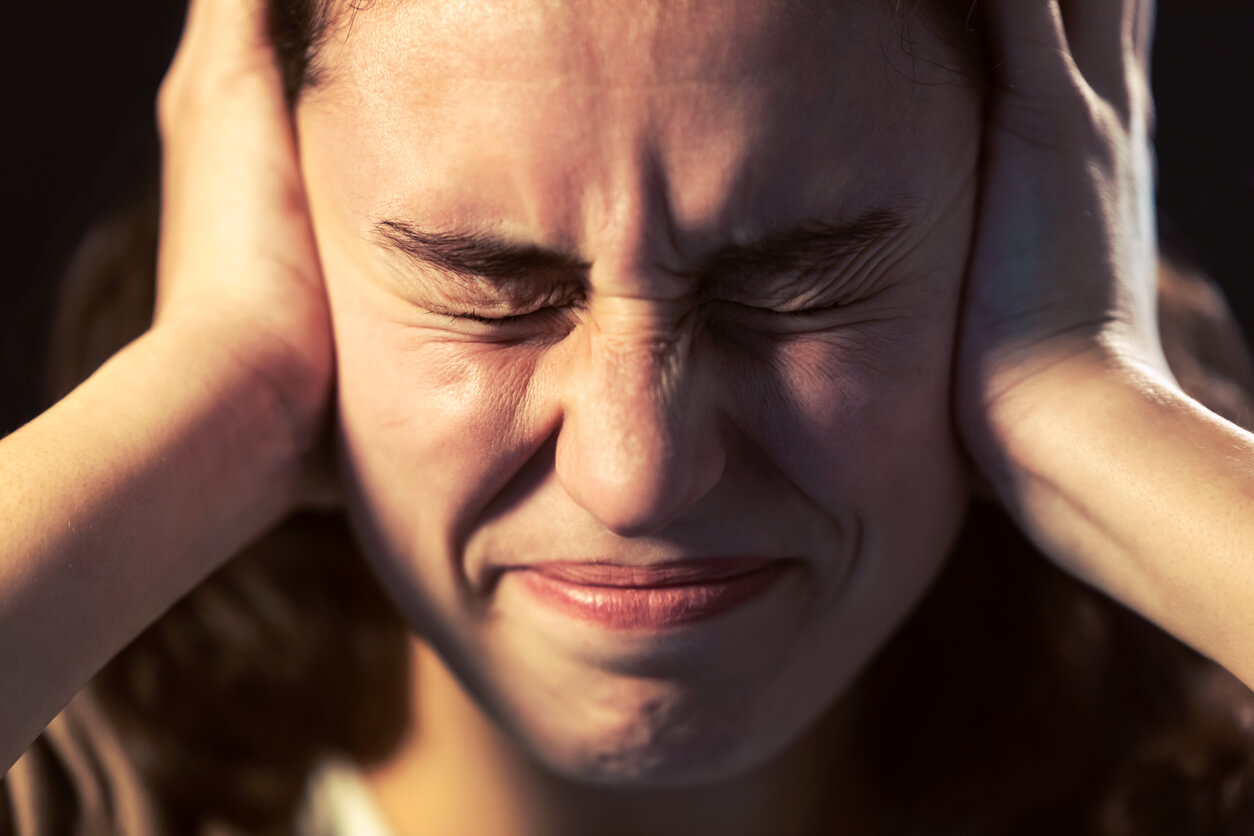How to Detect Psychotic Breaks in Adolescents

Psychotic breaks may seem untimely, but there are often signs that allow us to anticipate them. In this regard, psychoeducation is a valuable resource to help families and patients deal with this mental illness and its relapses in the best possible way. Let us then see how to detect psychotic breaks in adolescents.
How to detect psychotic breaks in adolescents
First of all, psychosis is a mental illness characterized by a loss of contact with reality. A psychotic break affects perception, behavior, thinking, and emotions.
Positive symptoms
It’s possible to detect psychosis based on what are known as positive symptoms, which are mainly the following two:
- Hallucinations: These refer to the perception of something that doesn’t exist. Auditory hallucinations are the most frequent, although there are also visual, olfactory, tactile, and other hallucinations related to bodily sensations.
- Delusions: These refer to a belief that’s real for the person experiencing it, even though it’s not real for others. For example, the adolescent may think that a person is watching them in order to harm them or that they’re being persecuted.

Negative symptoms
There are also negative symptoms. They’re known this way because they’re common to other disorders or emotional states that are often confusing. In general, they affect social behavior. Some of them are the following:
- Lack of personal hygiene.
- Changes in habitual behavior. It also includes mood changes.
- Difficulties in motivation, attention, and concentration.
- Deficits in memory.
- Listlessness, apathy, and loss of pleasure.
- Feeling of strangeness with reality and depersonalization.
Of course, in regard to the negative symptoms, it’s key to spend time with the adolescent and get to know them. Otherwise, we may misinterpret a behavior. However, an early diagnosis collaborates with a successful treatment.
Psychosis doesn’t have a single cause
Finally, in addition to the signs, it’s important to recognize that psychosis is a multifactorial phenomenon. That is, it doesn’t respond to or depend exclusively on a single cause. A vulnerable predisposition, genetics, environmental influence, traumatic experiences, and substance use are ingredients that could influence a psychotic break.
You may be interested in: Childhood Schizophrenia: Symptoms, Causes and Treatment
How psychotic breaks happen in adolescents
Generally speaking, a psychotic break goes through different stages. Namely:
- Prodromal: Symptoms appear, but are so diffuse that they may go unnoticed. For this reason, psychoeducation is key for the patient and the family, as it helps to identify the warning signs.
- Acute: Positive symptoms appear more clearly.
- Recovery: Little by little, symptoms disappear or remit. There are some factors that help to improve. For example, taking medication correctly or the support of the family.

How to act in the face of psychotic breaks in adolescents
Some recommendations that we can take into account before and after psychotic outbreaks in adolescents are the following:
- Remain calm and assist the adolescent. A psychotic break can be really confusing for the person experiencing it.
- Seek rest or some activity that’s good for the young person. For example, assess that there’s no danger and if the person needs to retreat to a place to be alone, accept that and allow them to rest. Depending on the severity of the outbreak, it may take some time to return to daily life.
- Suggest that they participate in a calm and pleasant activity. This shouldn’t be too demanding, but it should be distracting.
- Advise the person to take medication. If the person forgets, we must remind them with kindness.
- Facilitate a routine. This way, responsibility and also a certain degree of autonomy are encouraged. It’s not a good idea to overprotect or invalidate the adolescent regarding their capacity. Also, involve the youngster in tasks of lesser to greater difficulty in a gradual way.
- Don’t allow aggression or violence. It’s important to set limits. Perhaps a crisis isn’t the right moment, but it’s not good to naturalize aggressiveness.
You may be interested in: 6 Signs of Psychosis in Adolescents
Finding spaces to manage emotions
For the family and friends of a person with psychosis, the situation is really distressing, as they must care for their mental health and recovery. However, it’s key to be able to take measures for self-care. Only in this way will it be possible to facilitate a timely response to help when the situation requires it.
It’s also important to keep in mind that psychosis can relapse. Undoubtedly, this is a difficult situation and one that’s experienced with much frustration. However, working on emotional intelligence makes it possible to resignify each crisis and understand that it’s part of the process. This way, we avoid overloading this moment with more anguish.
All cited sources were thoroughly reviewed by our team to ensure their quality, reliability, currency, and validity. The bibliography of this article was considered reliable and of academic or scientific accuracy.
- Domínguez, M. D., López, P., & Mazaira, J. A. (1995). Aproximación clínica a las psicosis en la adolescencia. Revista de Psiquiatría Infanto-Juvenil, (3), 144-152.
- Enríquez-Sánchez, H., & Ochoa-Madrigal, M. G. (2019). Espectro de la esquizofrenia en niños y adolescentes. Revista de la Facultad de Medicina (México), 62(4), 9-23.
- M. Botbol, Y. Barrère, M. Speranza, Psicosis en la adolescencia, EMC – Pediatría, Volume 39, Issue 3, 2004,
Pages 1-7, ISSN 1245-1789, https://doi.org/10.1016/S1245-1789(04)41056-7. https://www.sciencedirect.com/science/article/pii/S1245178904410567
